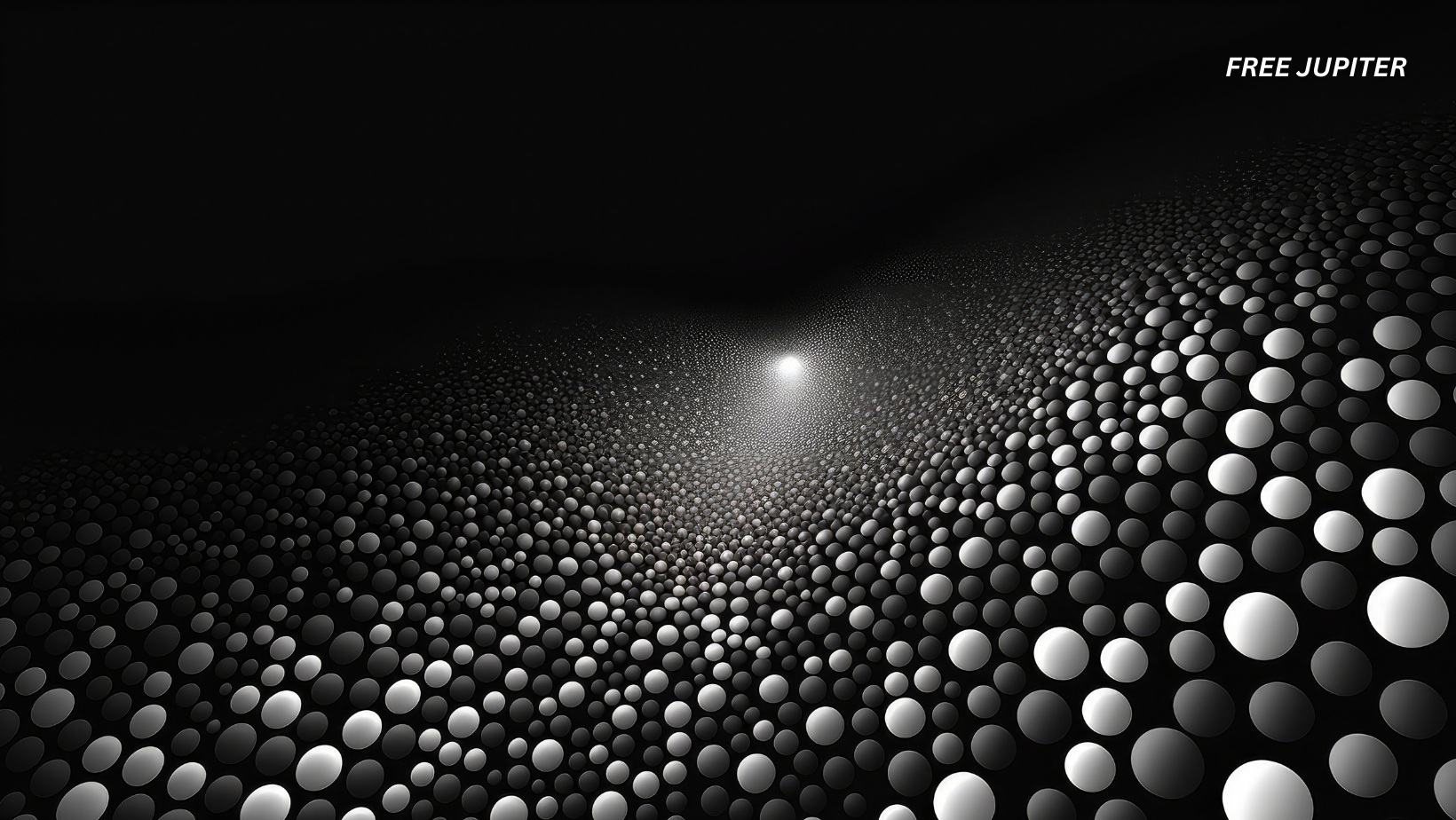When you hear the word demon, your mind probably jumps to images of horns, fire, and the underworld. But the one scientists recently stumbled upon is nothing like that. Instead, it’s a ghostly little ripple inside a crystal—completely harmless, yet deeply mysterious. Researchers at the University of Illinois at Urbana-Champaign have confirmed the existence of a particle that was first dreamed up nearly 70 years ago: a “demon” in the world of quantum physics.
Don’t worry—there’s no need to call an exorcist. This “demon” is actually shorthand for “distinct electron motion” with the physics suffix “-on” tacked onto the end, as scientists like to do. The name may sound dramatic, but the particle itself is tiny, massless, and carries no charge at all. In other words, it’s invisible, weightless, and doesn’t interact with electricity the way other particles do. Which makes you wonder: how do you find something that seems designed to hide from you?
A Ghost Story in Physics
Back in 1956, theoretical physicist David Pines suggested that such a particle should exist. He imagined a kind of wave—called a plasmon—rippling through a sea of electrons inside a material. This wave, he argued, could carry no mass and no charge but still behave like a real “quasiparticle.”
The catch? No one could actually spot it. For decades, the so-called “Pines’ demon” lived only in the margins of physics textbooks, a thought experiment waiting for evidence. Scientists had bigger fish to fry, like figuring out superconductors—materials that let electricity flow with zero resistance.
That is, until now.
How Physicists Discovered The Demon Particle – EXPLAINED
Read more: Physicists Finally Catch ‘Free-Range’ Atoms in Action—Confirming A 100-Year-Old Quantum Theory
The Discovery No One Planned
The University of Illinois team wasn’t looking for demons at all. Their actual project focused on a material called strontium ruthenate, a shiny crystal that behaves like it wants to be a superconductor but never quite makes the leap. It has strange similarities to superconductors that work at relatively “high” temperatures (in this case, around –130 °C, which sounds freezing to us but is considered warm in superconductor land).
The physicists fired streams of electrons into the crystal, carefully measuring how those electrons bounced back. This method allows researchers to peek into the inner “dance” of electrons within the material.
At first, what they saw didn’t make sense. There was a ripple, a signal of some kind of quasiparticle, but it didn’t match anything familiar. It was moving too slowly to be a surface plasmon (those normally skim across the surface of a material) yet too fast to be an acoustic phonon (the kind of vibration linked to sound waves inside crystals).
Ali Husain, one of the scientists, admitted they were stumped:
“At first, we had no idea what it was. Demons are not in the mainstream. The possibility came up early on, and we basically laughed it off. But as we started ruling things out, we began to suspect we had really found the demon.”
Eventually, their measurements lined up perfectly with Pines’ 1956 prediction. They weren’t chasing myths. They had actually discovered a massless electronic mode—the long-lost demon.
Why It Matters
You might wonder: So what? It’s just a ghostly ripple in some exotic metal.
The excitement comes from what this demon particle might mean for the future of superconductivity.
Normally, superconductors are explained by something called the BCS theory. According to this theory, electrons pair up by hitching a ride on vibrations of the crystal lattice (phonons). These paired-up electrons can glide effortlessly through the material without losing energy, which explains why superconductors can carry electricity with zero resistance.
But here’s the problem: BCS theory doesn’t always work. In particular, it struggles to explain the behavior of high-temperature superconductors—materials that lose all resistance at temperatures much higher than traditional ones. That means there must be something else at play, another way for electrons to team up.
This is where the demon might come in. Because it’s massless and neutral, it can form at any energy level and potentially at any temperature. In theory, that means demons could provide a new pathway to superconductivity—one that doesn’t rely on phonons at all.
If that’s true, this quirky little quasiparticle could be a missing piece of one of physics’ biggest puzzles.
Accidents That Changed Science
What makes this story even more interesting is how it was discovered: by accident. The physicists weren’t hunting for demons. They were just measuring things out of curiosity.
Peter Abbamonte, a co-author of the study, summed it up best:
“It speaks to the importance of just measuring stuff. Most big discoveries are not planned. You go look somewhere new and see what’s there.”
This isn’t unusual in science. Many major breakthroughs came about by surprise. Penicillin, X-rays, even microwave ovens were all stumbled upon when researchers were looking for something else. The demon joins a long list of discoveries that remind us curiosity-driven science is just as important as goal-driven research.
Related Quirks in Particle Physics
The demon isn’t the only strange quasiparticle out there. Physics is filled with exotic names and ghostlike entities:
- Phonons – The sound-like vibrations of atoms in a solid. They aren’t real particles but behave like them.
- Magnons – Waves of magnetism rippling through a material.
- Excitons – A short-lived pairing of an electron and its missing counterpart (a “hole”) in a semiconductor.
- Majorana particles – Hypothetical particles that are their own antiparticles. Some researchers believe they could revolutionize quantum computing.
Quasiparticles like these don’t exist outside their host materials, but they act as if they were independent particles inside them. They’re like “actors” on the stage of quantum mechanics, performing roles that help explain the strange behavior of matter.
The demon is just the latest character to join this cast.
What’s Next?
Now that the demon has been spotted, physicists want to know whether it really plays a role in superconductivity. If it does, it could push us closer to the holy grail of materials science: room-temperature superconductors.
Such a material would completely change our world. Imagine:
- Power grids with zero energy loss.
- Maglev trains that float effortlessly without expensive cooling.
- Super-efficient electronics that run cooler and faster.
Scientists are still a long way from that dream, but every new clue—like the demon—brings it a little closer.
Read more: Your Body Holds 7 Octillion Atoms—And Most Are Billions of Years Old
Facing Our (Physics) Demons
In the end, this “summoning” of a demon is less about dark magic and more about persistence, precision, and a little bit of luck. A particle once dismissed as a far-fetched theory now has a place in the real world.
And while it won’t haunt your nightmares, it might just haunt the pages of future physics textbooks.
As one physicist put it, the first step in any breakthrough is to face your demons. In this case, facing them might just open the door to a future where superconductors power our world without wasting a single drop of energy.
Featured image: Freepik.
Friendly Note: FreeJupiter.com shares general information for curious minds. Please fact-check all claims and double-check health info with a qualified professional. 🌱










